
Today, I’d like to explain “the Role of B/L” in international transportation.
First of all, what is B/L? It means Bill of Lading. It’s an essential document for international trade. B/L has two main roles.
 Senior Cat
Senior Cat One is as a receipt for the shipment.
 Senior Seagull
Senior Seagull The other is as a delivery note.
Explanation of B/L Role and Flow by Movie
 Senior Seagull
Senior Seagull Animation Movie is easy to understand the flow!
No B/L, No Delivery

 Senior Seagull
Senior Seagull without B/L, the importer cannot pick up a cargo.
B/L enable to control payment

You can also use B/L to control payment and delivery. Exporter can seize B/L and stop the delivery of cargo if payment for the cargo is not made.
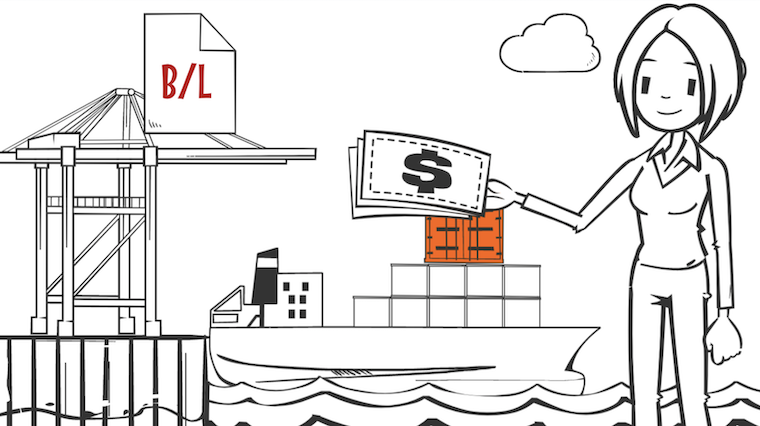
Also, importer can lower the risk of undispatched cargo by paying for the cargo after confirming that the cargo is properly loaded on a ship and B/L is issued.
Let’s understand the flow of B/L
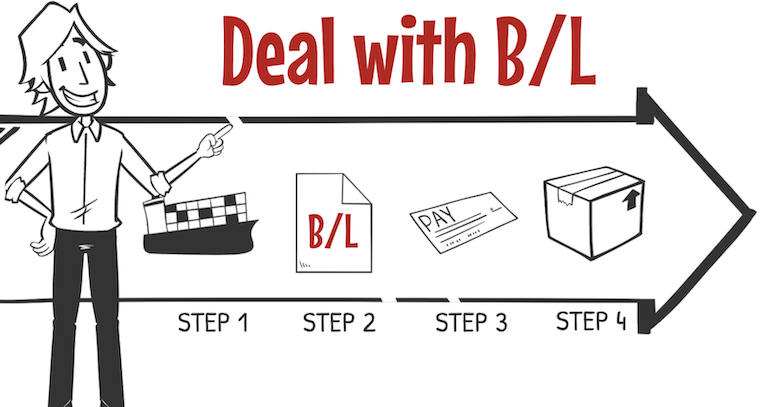
To understand the role of B/L, you should learn when and by whom it is issued and how it is used.
Important document: D/O (Delivery Order)
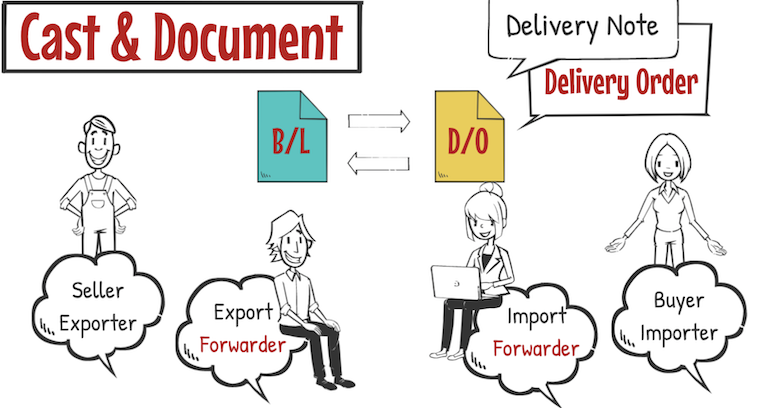
Before explaining the flow, let me quickly introduce the characters and documents. Besides exporters and importers, their forwarders play an important role.
And a document, D/O, is also important.D/O stands for Delivery Order and is used to pick up a cargo at a port. You can get D/O by exchanging with B/L.
 Senior Cat
Senior Cat The importer has to get B/L to get D/O, which is a delivery note.
How B/L is used on the logistics
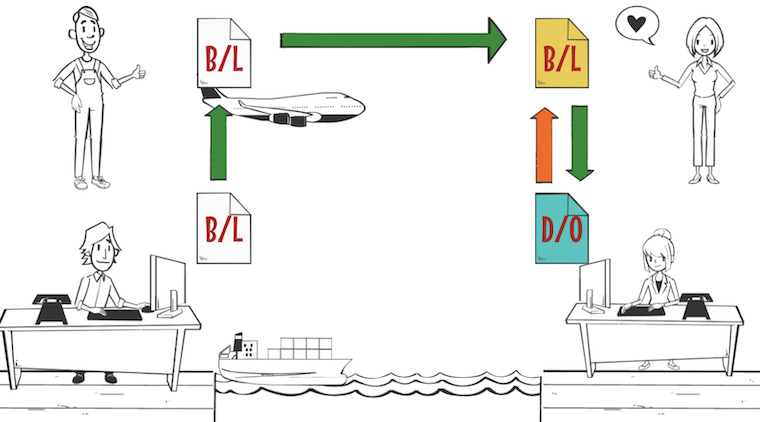
Let’s take a look at the flow.
1. B/L is issued when the vessel depart the port.
2. B/L is sent to a Shipper by a forwarder on the export side.
3. The Shipper confirms payment from the Consignee.
4. Shipper sends B/L to an import, the Consignee.
5. When the vessel arrives at a port, D/O is issued by a forwarder on the import side.
6. The Consignee takes the B/L and exchanges it for D/O.
Import document process
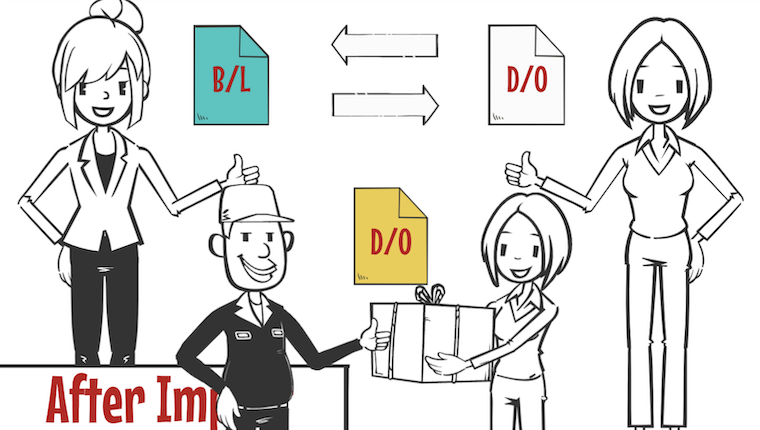
Let’s take a closer look at the flow on the import side.
1. A forwarder on the import side has D/O.
2. The buyer got B/L from the seller.
3. They exchange D/O and B/L.
4. The buyer can then pick up a cargo by taking the D/O to a port.
Explained by Animation Movie – More detail of the Cargo and Document flow
 Senior Cat
Senior Cat It’s very clear to understand!
If lose B/L…

B/L is used to pick up a cargo. It means anyone, who has B/L, can pick up the cargo. So, if a third party obtains it, it’s a big problem.
As a result, if you lose B/L, you won’t be able to pick up your cargo. Be careful not to lose B/L.
 Senior Seagull
Senior Seagull Please, please understand B/L is very very important..
Summarize the B/L points

Let’s summarize the points on B/L. B/L is issued at the time of a ship’s departure.
A seller sends B/L to a buyer. The B/L is exchanged for D/O, which is a delivery note.If you lose B/L, you cannot pick up the cargo.
Summery
I talked about the basic roles of B/L this time. B/L is an important document for picking up a cargo.
In fact, B/L has different types, some of which are flexible enough to do speedy actions.However, the basic idea is the one I have explained this time.
So please understand the above roles and flow of B/L.










